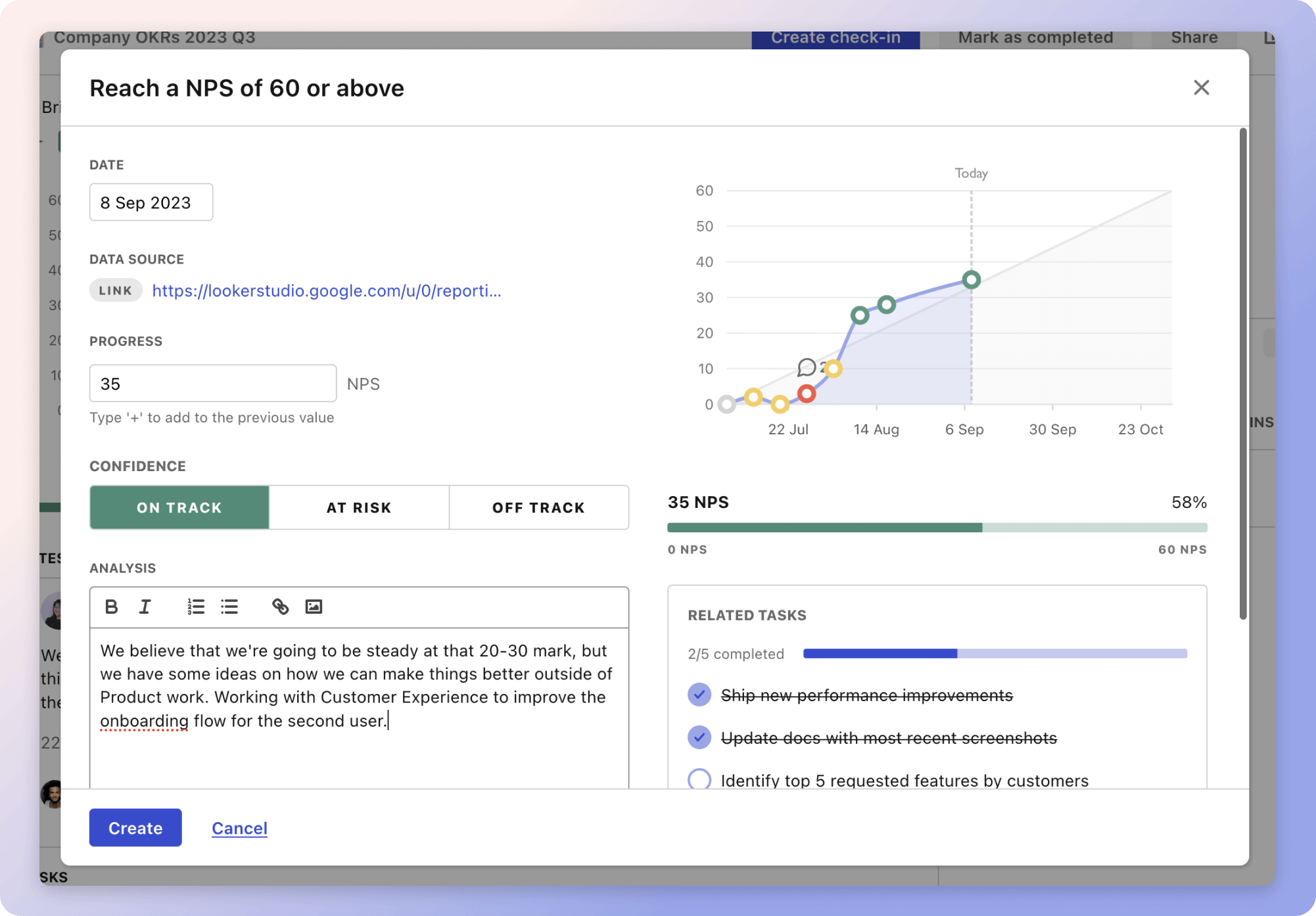The strategy "Conducting a Review of Strategic Plan" focuses on evaluating and enhancing an organization's current strategic plan. The first step involves assembling a review team by identifying key stakeholders, selecting a leader, and scheduling regular meetings. For instance, appointing a team leader ensures guidance throughout the review process, while assigning specific roles and responsibilities ensures clear direction and coordination.
The next step, analyzing the current strategic plan outcomes, entails gathering data on objectives and outcomes, comparing them with set goals, and identifying areas needing improvement. For example, evaluating the plan's alignment with the organization's mission can highlight strategic redundancies that need correction.
Finally, developing recommendations and improvements involves brainstorming enhancements based on the analysis. Prioritizing these suggestions based on impact and feasibility, alongside establishing a monitoring system, ensures meaningful changes. Implementing a communication strategy, perhaps through regular updates, keeps stakeholders informed and engaged in the plan's evolution.
The strategies
⛳️ Strategy 1: Assemble a review team
- Identify key stakeholders to include on the review team
- Appoint a team leader to guide the review process
- Schedule regular meetings for the review team
- Develop a timeline for the strategic plan review process
- Assign roles and responsibilities to each team member
- Ensure that each team member understands the objectives of the review
- Provide necessary resources and information to the team
- Establish a communication plan for the team
- Determine the frequency of progress updates
- Create guidelines for decision-making and conflict resolution
⛳️ Strategy 2: Analyse current strategic plan outcomes
- Collect data on the current strategic plan objectives and outcomes
- Compare actual outcomes with the goals set in the plan
- Identify areas where the strategic plan succeeded
- Identify areas where the strategic plan needs improvement
- Analyse feedback from stakeholders on the strategic plan's impact
- Determine the reasons for any deviations from the plan
- Evaluate the cost-effectiveness of implemented strategies
- Assess the strategic plan's alignment with the organization's mission and vision
- Compile a report summarising key findings
- Share the analysis with the review team for feedback
⛳️ Strategy 3: Develop recommendations and improvements
- Brainstorm potential improvements based on analysis
- Prioritise recommendations according to impact and feasibility
- Develop an action plan for implementing changes to the strategic plan
- Assign responsibilities for implementing each recommendation
- Establish metrics for monitoring the success of improvements
- Seek approval from key stakeholders for the recommended changes
- Ensure alignment with the organisation's long-term goals
- Implement a communication plan to update all stakeholders about changes
- Schedule regular follow-ups to assess implementation progress
- Update the strategic plan document with approved changes
Bringing accountability to your strategy
It's one thing to have a plan, it's another to stick to it. We hope that the examples above will help you get started with your own strategy, but we also know that it's easy to get lost in the day-to-day effort.
That's why we built Tability: to help you track your progress, keep your team aligned, and make sure you're always moving in the right direction.

Give it a try and see how it can help you bring accountability to your strategy.
